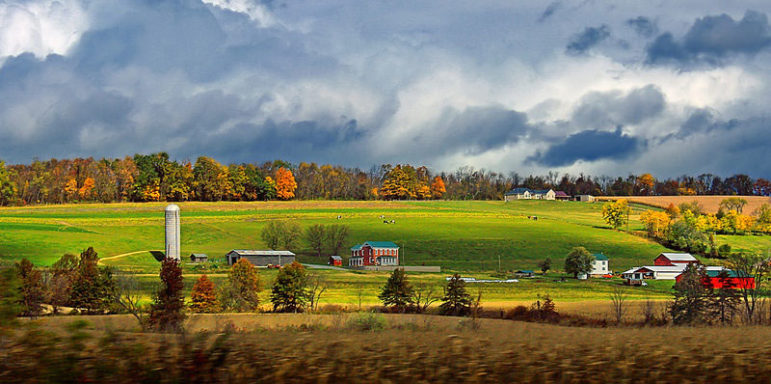
September 13, 2016; Vox
The newest Census Bureau data contains good news for most sections of the U.S. population and for the country overall. Median household incomes are up more than five percent over last year, the poverty rate is down, and poor and middle-class families are making real gains. But, as Vox’s Timothy B. Lee pointed out Tuesday, rural areas are not recovering as quickly, and their residents are falling behind the rest of the country. Will philanthropy pay attention?
Nationally, median household incomes are up 5.2 percent from 2014, and adjusting for inflation, they’re as high as they’ve been since the late 1990s. The rising income level has not, however, applied to rural areas. Across the 20 million households identified as being located outside of any major metropolitan area, median household income actually dropped by two percent between 2014 and 2015, from $45,534 to $44,657. Comparatively, the income of suburban households grew by four percent while households located inside the principal city of a metropolitan area grew by 7.3 percent.
Sign up for our free newsletters
Subscribe to NPQ's newsletters to have our top stories delivered directly to your inbox.
By signing up, you agree to our privacy policy and terms of use, and to receive messages from NPQ and our partners.
The slow rural recovery rate has been observed in previous reporting. Last year, the USDA reported that rural residents—about 15 percent of the U.S. population—face a higher poverty rate than their urban counterparts across nearly all races and gender lines. According to the 2015 USDA report, people of Hispanic descent in rural areas belong to the only racial group for which poverty is now lower than it was in 2007; for rural whites and, especially, rural black and Native people, poverty rates are still significantly higher than they were pre-recession.
The slow rural recovery is tied to lower levels of employment. While unemployment rates continue to steady for both metro and non-metro populations, participation rate is significantly down in rural areas. In mid-2015, metro employment exceeded its pre-recession peak by over three percent, while non-metro employment was three percent lower than pre-recessionary levels. An aging population, a flat population rate, and a decrease in work opportunities in rural areas contribute to this stunted growth, according to one writeup by the USDA. A report from the Economic Innovation Group, which Lee also covered for Vox, compared employment growth to county size. It found that, between 2010 and 2014, counties with under 100,000 residents gained jobs at “about half the rate of big cities.”
It’s easy (and appropriate) to speculate on the ties between the urban/rural economic growth divide and the political divide that’s become so stark this election season. It makes sense that rural voters feel disengaged from the growing economic recovery. The nonprofit sector would do well to look at this divide in its own practices, as some evidence exists that rural areas receive a disproportionately small number of domestic grant dollars. As NPQ’s own Jim Schaffer wrote Wednesday, “As we in the nonprofit sector know from daily experience, the household income gains are welcome but fragile.”—Lauren Karch













